Which Binoculars For Astronomy ?
Binoculars for astronomy should have a large objective lens diameter (at least 50mm) to gather more light and provide brighter images. They should also have a high magnification power (at least 10x) to bring distant objects closer. Additionally, binoculars with a wide field of view are preferred for scanning the night sky. Some popular models for astronomy include the Celestron SkyMaster 25x70, Orion Scenix 10x50, and Nikon Aculon A211 10-22x50.
1、 Aperture size
Which binoculars for astronomy? The answer to this question depends on several factors, including the aperture size of the binoculars. Aperture size refers to the diameter of the objective lens, which is the lens at the front of the binoculars that gathers light. The larger the aperture size, the more light the binoculars can gather, which means brighter and clearer images.
For astronomy, it is recommended to use binoculars with an aperture size of at least 50mm. This size allows for enough light to be gathered to see fainter objects in the night sky, such as galaxies and nebulae. However, larger aperture sizes, such as 70mm or 80mm, can provide even better views and are preferred by more experienced astronomers.
It is important to note that larger aperture sizes also mean larger and heavier binoculars, which can be more difficult to hold steady and may require a tripod for extended viewing sessions. Additionally, larger aperture sizes can come with a higher price tag.
In recent years, there has been a growing trend towards using binoculars for astronomy, as they provide a wider field of view than telescopes and can be more portable and easier to use. However, it is important to choose the right binoculars for your needs, taking into account factors such as aperture size, magnification, and weight.
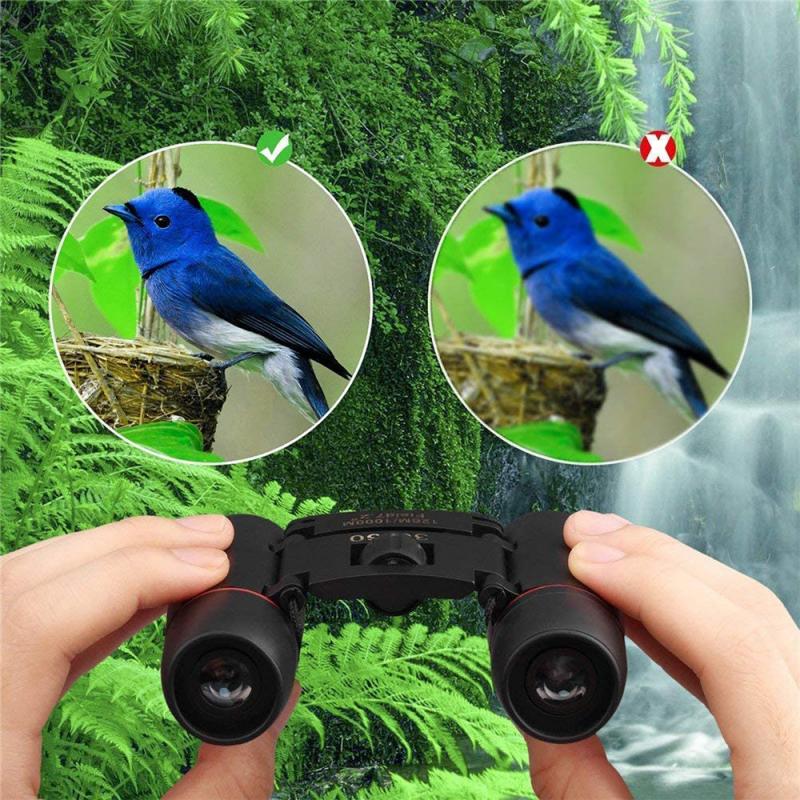
2、 Magnification power
Which binoculars for astronomy? Magnification power is a crucial factor to consider when choosing binoculars for astronomy. Generally, binoculars with magnification power ranging from 7x to 10x are ideal for stargazing. Higher magnification power may result in a shaky image, making it difficult to observe celestial objects.
However, the latest point of view suggests that magnification power alone is not enough to determine the suitability of binoculars for astronomy. Other factors such as aperture size, field of view, and lens quality also play a significant role. Aperture size refers to the diameter of the objective lens, which determines the amount of light that enters the binoculars. A larger aperture size allows for brighter and clearer images, making it easier to observe faint celestial objects.
Field of view is another important factor to consider. A wider field of view allows for a larger area of the sky to be observed, making it easier to locate celestial objects. Lens quality also affects the clarity and sharpness of the image. High-quality lenses with coatings that reduce glare and improve contrast can significantly enhance the viewing experience.
In summary, when choosing binoculars for astronomy, it is important to consider not only the magnification power but also other factors such as aperture size, field of view, and lens quality. A combination of these factors will result in a better stargazing experience.
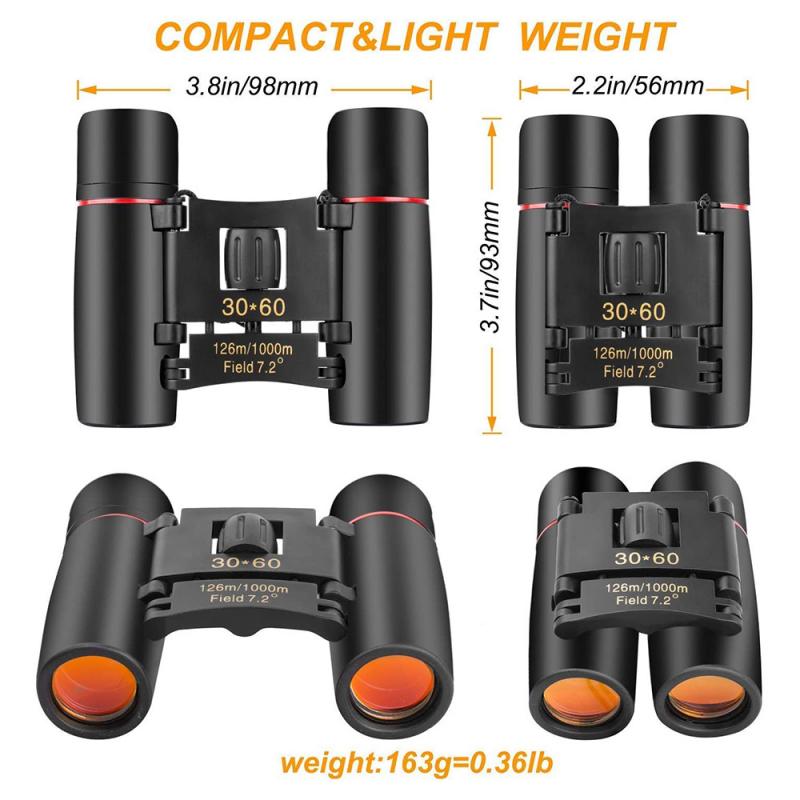
3、 Exit pupil diameter
Which binoculars for astronomy? One important factor to consider is the exit pupil diameter. This refers to the size of the beam of light that exits the eyepiece and enters your eye. A larger exit pupil diameter allows more light to enter your eye, resulting in a brighter image. For astronomy, a minimum exit pupil diameter of 5mm is recommended, as this is the size of the human eye's pupil in low light conditions.
However, it's important to note that the exit pupil diameter is also affected by the magnification and aperture of the binoculars. Higher magnification and larger aperture will result in a larger exit pupil diameter, but may also make the binoculars heavier and more difficult to hold steady.
In recent years, there has been a trend towards using binoculars with larger exit pupil diameters, such as 7mm or even 10mm. This is because larger exit pupils can provide a more immersive viewing experience, allowing the observer to see more of the field of view at once. However, it's important to balance this with the practical considerations of weight and stability.
Ultimately, the best binoculars for astronomy will depend on your individual needs and preferences. Consider factors such as magnification, aperture, and exit pupil diameter, as well as the weight and ergonomics of the binoculars. It's also a good idea to read reviews and try out different models before making a purchase.
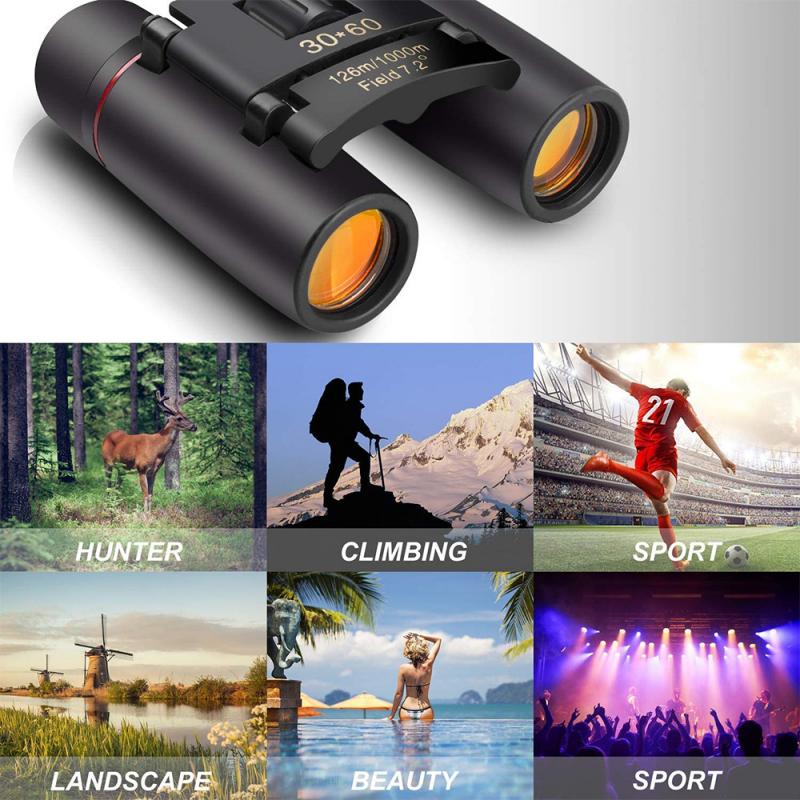
4、 Prism type
Which binoculars for astronomy? Prism type binoculars are a great choice for astronomy enthusiasts. They offer a number of advantages over other types of binoculars, including better light transmission, sharper images, and a wider field of view.
One of the key advantages of prism type binoculars is their ability to gather more light than other types of binoculars. This is because they use prisms to reflect and refract light, which helps to increase the amount of light that enters the binoculars. This makes them ideal for stargazing, as they allow you to see fainter objects in the night sky.
Another advantage of prism type binoculars is their ability to produce sharper images. This is because they use prisms to correct for any distortion or aberration in the light that enters the binoculars. This means that you can see objects in the night sky with greater clarity and detail.
Finally, prism type binoculars offer a wider field of view than other types of binoculars. This means that you can see more of the night sky at once, which is particularly useful when trying to locate specific objects or constellations.
Overall, prism type binoculars are an excellent choice for astronomy enthusiasts. They offer superior light transmission, sharper images, and a wider field of view, making them ideal for stargazing and other astronomical activities.
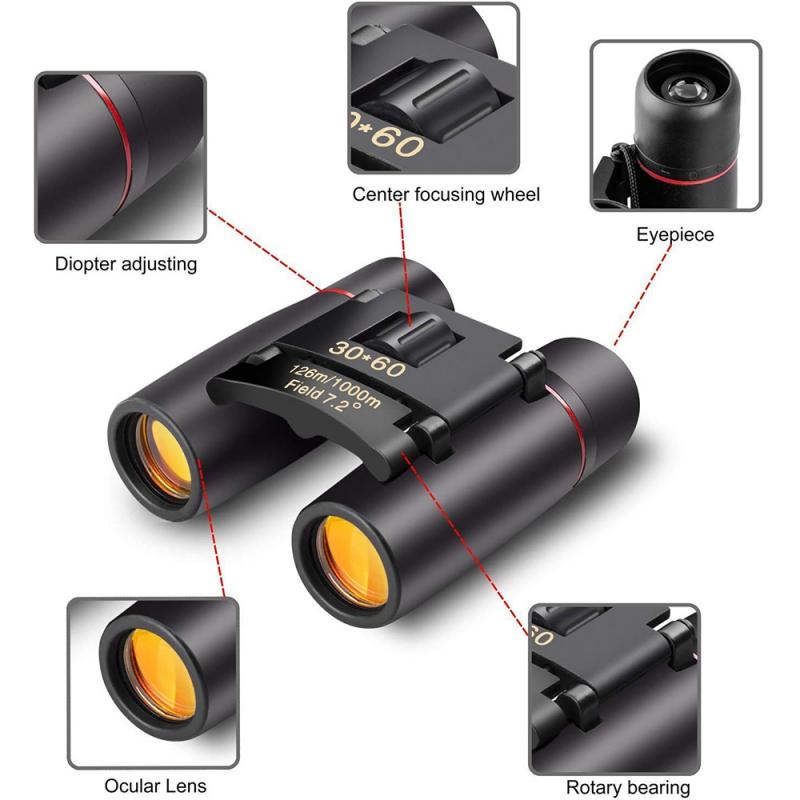






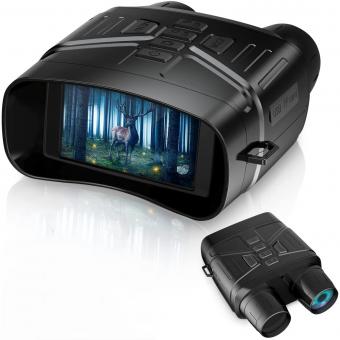
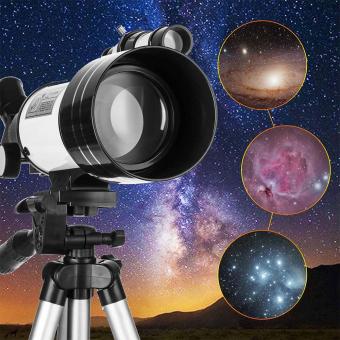

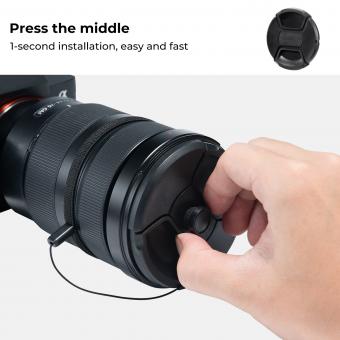


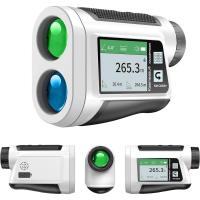
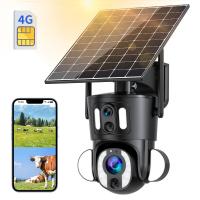

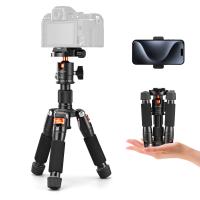

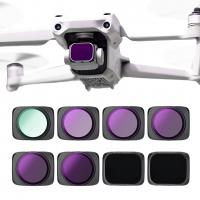
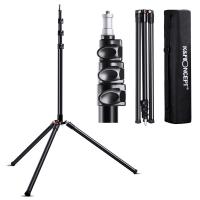

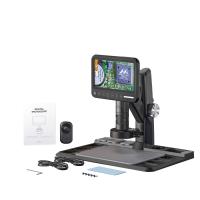




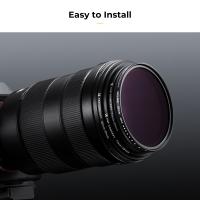


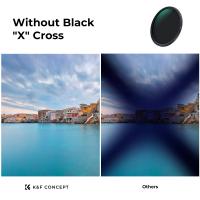
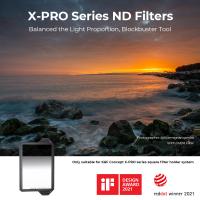
There are no comments for this blog.